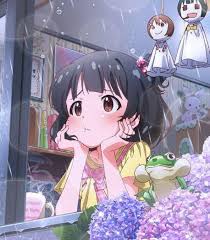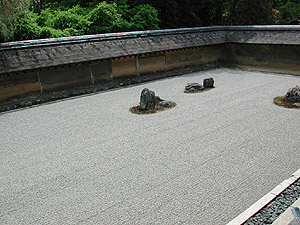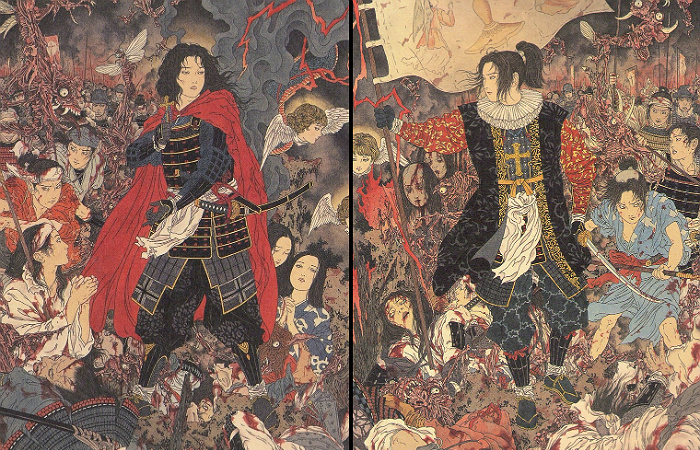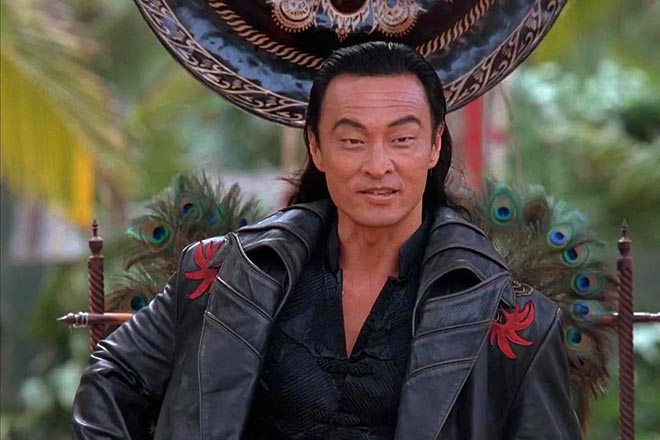the relationship
A LITTLE ABOUT CAGURA
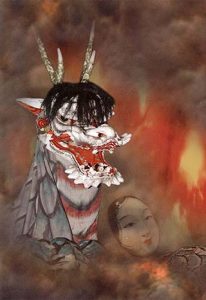 The Japanese term “Kagura” consists of two characters, the first of which means “Divine”, “sparkling”, and the second – in this context – “music”. This is the name of cult performances, known in Japan since the 7th century, performed at first near the Kagu-Yam mountains. Once it was an active volcano, then metal was mined here. The land of Kagu-Yam was always considered sacred and used in fortune-telling. According to legend, the Kagu-yama fell from heaven to earth and, thus, is not just the venue for the first ritual performances, but is actually connected with the events of the ancient mystery.
The Japanese term “Kagura” consists of two characters, the first of which means “Divine”, “sparkling”, and the second – in this context – “music”. This is the name of cult performances, known in Japan since the 7th century, performed at first near the Kagu-Yam mountains. Once it was an active volcano, then metal was mined here. The land of Kagu-Yam was always considered sacred and used in fortune-telling. According to legend, the Kagu-yama fell from heaven to earth and, thus, is not just the venue for the first ritual performances, but is actually connected with the events of the ancient mystery.
The performance is a vivid sight, colorful pantomime, accompanied by playing the drums and flute (sometimes – singing). Subsequently, the use of kagurs was transferred to special sites in front of Shinto temples.
In essence, Kagura is a theatrical parable, allegorically revealing the relationship of man and nature. The Japanese have always been trusting-reverently treated nature, with a heightened sense of the deep, sometimes hidden meaning of the environment. Hence the attention to everything that happens, where there is nothing worthy of interest. Not surprisingly, in Japan there are many holidays associated with the change of seasons, which are elevated to the degree Continue reading
